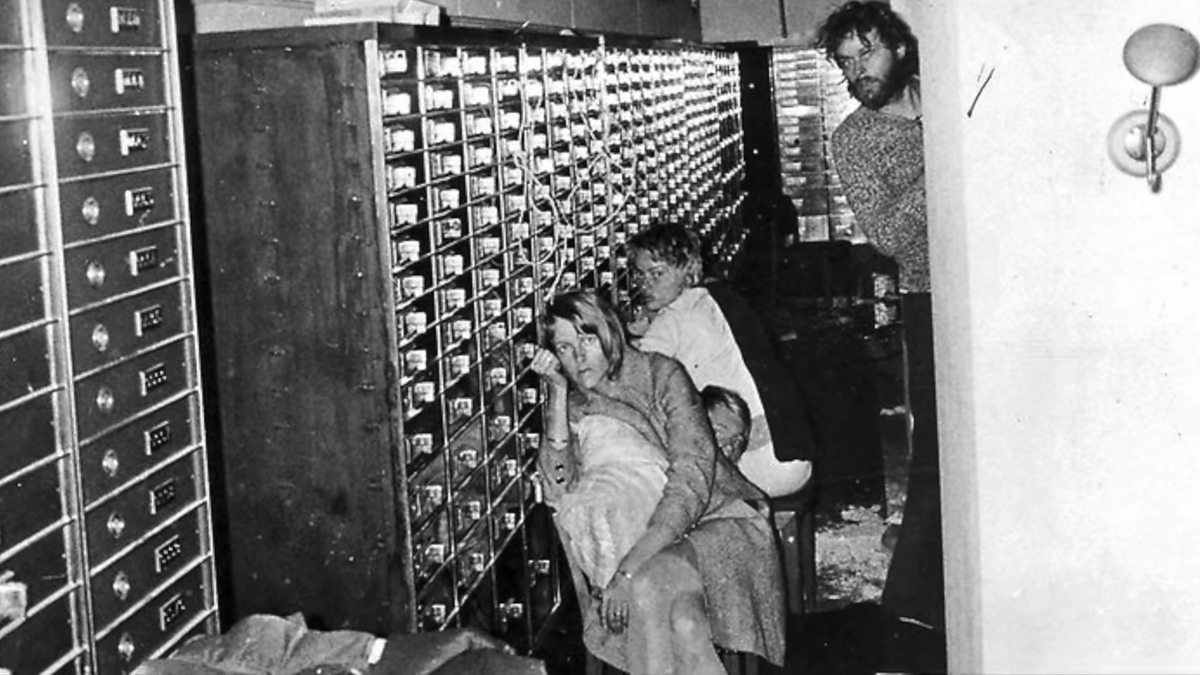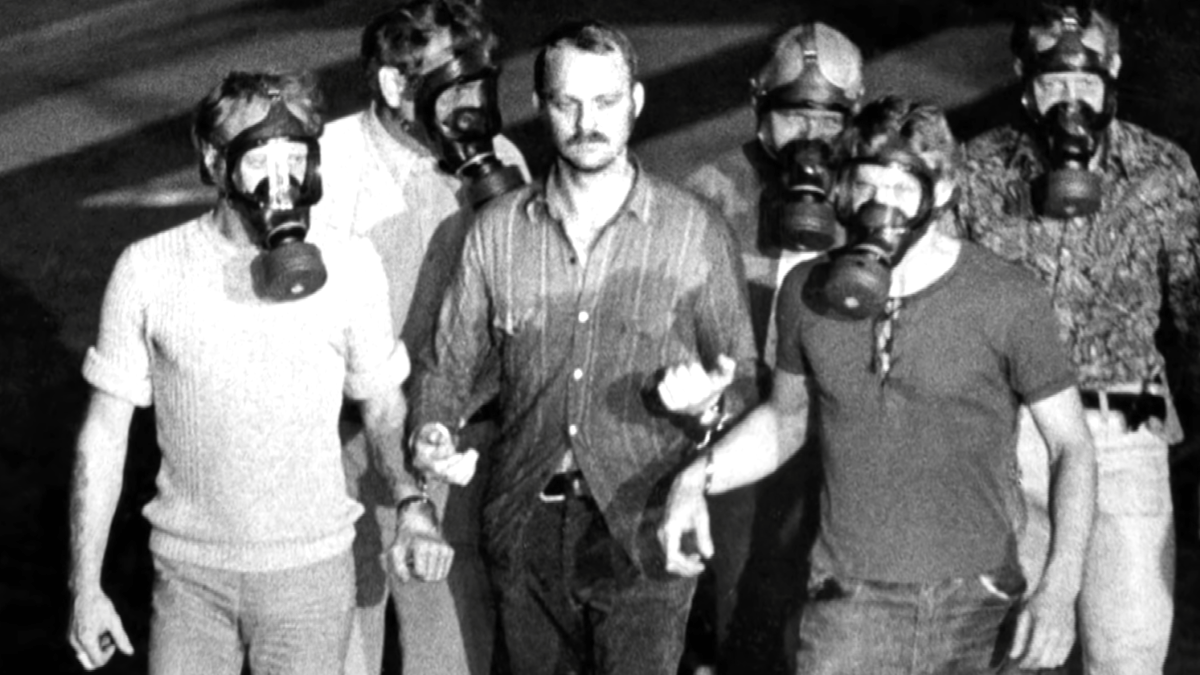Stockholm syndrome is a phenomenon when a captive forms a bond and develops positive feelings toward their captor. It isn’t considered an official clinical diagnosis of a mental health condition but instead an emotional response to cope with a traumatic event.
The term “Stockholm syndrome” was first coined by Swedish psychiatrist Nils Bejerot in 1973. He served as the consulting psychiatrist in the Norrmalmstorg robbery in Stockholm, Sweden, wherein two men held four people hostage in a six-day standoff with the authorities.
The robbery
On the morning of Aug. 23, 1973, Jan-Erik Olsson entered a bank in Sweden’s Norrmalmstorg Square disguised in sunglasses, a wig, and a mustache. Olsson had been convicted of grand larceny and was serving a three-year sentence, but he was granted a temporary furlough for good behavior. However, he never returned to prison. Instead, he planned a bank heist that would be known as the Norrmalmstorg robbery.
Olsson was armed with a submachine gun that he fired at the ceiling upon entering the bank. A silent alarm was triggered, but Olsson shot the policeman who responded. Instead of demanding money and leaving, however, he held three bank employees — Kristin Enmark, Birgitta Lundblad, and Elisabeth Oldgren — hostage and started negotiations with authorities. His demands were a bulletproof vest, a getaway car, and 3 million Swedish krona (approximately $710,000). He also asked for bank robber Clark Olofsson to be released from prison and brought to the bank to aid him in the robbery.
While authorities were working on the demands, Olsson hid inside the bank vault with the three hostages. Several hours later, all his demands were delivered. Olofsson was allowed to enter the bank, and as he surveyed the scene, he discovered bank employee Sven Säfström hiding. He was directed to go into the vault with the other hostages. Despite giving Olsson what he wanted, the police refused to let him leave in the getaway car with the hostages. Negotiations continued, but no one from either side wanted to budge.
The hostages bonded with their captors

On the first day, the hostages started forming a bond with their captors. A phone was brought into the vault, and the hostages were allowed to contact their families. Lundblad, however, became distressed when she couldn’t reach her husband. Olsson approached her and encouraged her to keep trying and not give up. Olsson also gave a jacket to Enmark when he noticed her shivering from the cold. Oldgren told her captors that she was feeling claustrophobic inside the vault, and she was allowed to wander in the bank while tethered to a rope.
Meanwhile, authorities and news crews were stationed outside the bank. The prime minister was also able to talk to some of the hostages. In one of the conversations, Enmark told the prime minister that she was willing to remain a hostage if Olsson was allowed to leave the bank with the money. She also expressed that she was not afraid of her captors but was worried that the police might take action that may result in the hostages’ deaths.
On Aug. 26, the police drilled holes over the vault and told Olsson the purpose was for him to surrender his weapon safely. However, Olsson suspected that this was a ruse and that authorities would use the holes to release tear gas into the vault. To prevent that from happening, he tied nooses around the necks of the hostages and tied the ropes on safety deposit boxes. Olsson then told the authorities that if they used tear gas and the hostages passed out, the ropes would tighten around their necks and they’d be killed. Hours passed and the hostages grew tired of standing. Olsson said that they could take turns standing with their nooses.
At some point on the sixth day of the standoff, the robbers were caught off-guard when tear gas suddenly seeped into the vault. All of them had been sleeping and none of the hostages were on their nooses. Amid the chaos, the police heard the robbers yelling they were ready to surrender. The entire ordeal lasted 130 hours.
The aftermath
Until the end, the hostages were protective of Olsson and Olofsson. They refused to vacate the vault ahead of their captors in fear that the police would shoot the two as soon as the hostages were all safe. Once everyone was out of the bank, the public was shocked by the hostages’ unusual behavior toward the two robbers. Olsson and Olofsson exchanged hugs and kisses with their abductees before they were led away in handcuffs.
The four hostages refused to testify against Olsson and Olofsson. Olsson was convicted to 10 years, while Olofsson was sent back to prison with an extended sentence. According to reports, the four hostages visited the two men while they served their sentences.

